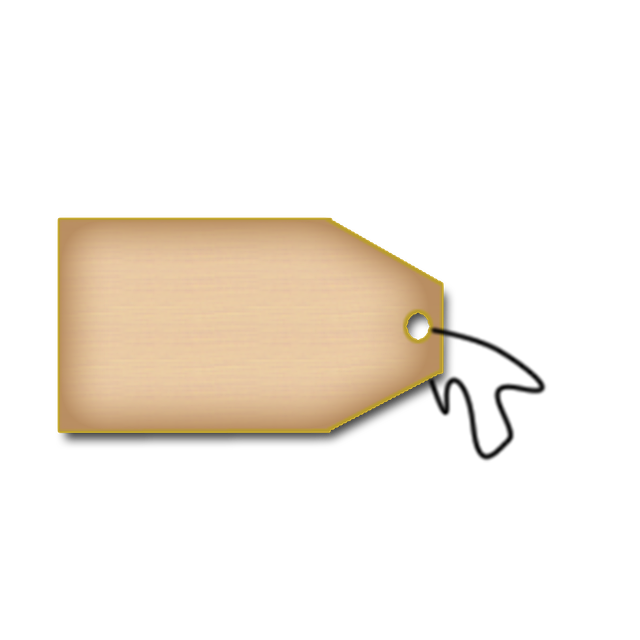Skin tags, common in friction-prone areas, can be removed at home in Bristol using OTC products like salicylic acid. These treatments aim to exfoliate, dry out, or soothe skin tags, but results vary. The Bristol Tag Removal system, with its gentle formula, is popular, emphasizing careful adherence to instructions and consistency for best results without irritation. After removal, maintaining healthy skin through regular exfoliation, moisturizing, sun protection, and cleanliness prevents new tags and aids healing. For personalized advice, consulting a dermatologist is recommended.
Looking to remove skin tags safely at home? Bristol tag removal is a popular choice, offering effective solutions without surgery. This comprehensive guide delves into understanding skin tags—their causes and appearance—and explores over-the-counter (OTC) options proven for tag removal. We assess the safety and efficacy of common products, providing a step-by-step guide to successful at-home treatment. Plus, learn essential prevention and care tips to maintain clear, smooth skin post-removal.
- Understanding Skin Tags: Causes and Appearance
- Over-the-Counter Options for Tag Removal
- Evaluating Safety and Efficacy of Common Products
- Step-by-Step Guide: Using Over-the-Counter Treatments
- Prevention and Care After Removing Skin Tags
Understanding Skin Tags: Causes and Appearance
Skin tags, also known as acrochordons, are small, soft bumps that grow on the skin. They typically appear in areas where skin rubs against itself, such as the neck, armpits, groin, and hands. While they are usually harmless, many people prefer to remove them for cosmetic reasons or because they can be a source of irritation.
The causes of skin tags include genetics, obesity, hormonal changes, and frequent friction or trauma to the skin. In terms of Bristol tag removal, over-the-counter (OTC) products have become increasingly popular as a non-invasive approach. These products often contain ingredients like salicylic acid, which helps to exfoliate and remove the skin tags gently over time.
Over-the-Counter Options for Tag Removal
When it comes to over-the-counter options for Bristol tag removal, there are several products available that can help minimize or eliminate skin tags effectively. These topical treatments often contain ingredients like salicylic acid, which gently exfoliates the skin and helps to break down the tissue of the tag over time. Another common active ingredient is a combination of benzoyl peroxide and polyvinylpyrrolidone (PVP), which works to dry out and remove tags by disrupting their blood supply.
Many OTC products also include natural extracts like tea tree oil, known for its antimicrobial and anti-inflammatory properties, which can soothe the skin and promote healing during the removal process. It’s important to follow the instructions carefully when using these remedies to ensure safe and effective results without causing irritation or discomfort.
Evaluating Safety and Efficacy of Common Products
When considering over-the-counter (OTC) options for skin tag removal, it’s crucial to evaluate both safety and efficacy. Not all products are created equal, and what works for one person might not work for another. Look for OTC options that contain ingredients like salicylic acid or duct tape, which have been shown to be effective in removing skin tags. Always check the product label for any warnings or side effects, especially if you have sensitive skin.
The Bristol Tag Removal system, for instance, is a popular choice due to its gentle yet effective formula. It’s important to follow the instructions carefully and not exceed the recommended usage to avoid irritation or other complications. Remember that consistency is key; results may take time, and regular use can lead to the successful removal of skin tags.
Step-by-Step Guide: Using Over-the-Counter Treatments
Step-by-Step Guide: Using Over-the-Counter Treatments
For a DIY approach to Bristol tag removal, several over-the-counter (OTC) options are available. Start by cleaning the affected area with mild soap and water. This step is crucial as it ensures the treatment adheres better and reduces the risk of infection. Pat the skin dry gently before applying the chosen OTC product—whether it’s a cream, gel, or patch—directly onto the skin tag. Follow the instructions on the packaging precisely; some products may require repeated applications over several days or weeks.
After application, keep the area clean and dry. You might experience mild irritation or itching, which is normal. However, if discomfort persists or increases, discontinue use and consult a dermatologist. Regularly check the skin tag for any changes in size, shape, or color during treatment. Remember, OTC treatments aren’t immediate solutions; it takes time for them to work effectively. Patience is key as you wait for the skin tag to fall off naturally.
Prevention and Care After Removing Skin Tags
After successfully removing skin tags using over-the-counter products, prevention and proper care become crucial to maintain healthy skin. Regular exfoliation can help prevent new tags from forming by gently removing dead skin cells and unclogging pores. Using moisturizing creams or lotions after removal can soothe the treated area, reducing potential irritation and flaking.
Additionally, it’s essential to be mindful of sun exposure. Protecting your skin with sunscreen is vital, as UV radiation can contribute to skin tag development. Keeping the removed areas clean and dry, and avoiding scratching or picking at them, will aid in faster healing and reduce the risk of infection. For individuals in Bristol seeking efficient Bristol Tag Removal methods, consulting a dermatologist for personalized advice is always recommended.
When considering Bristol tag removal, over-the-counter (OTC) products offer a safe and effective solution for managing skin tags. By understanding the causes and appearance of these common skin growths, you can make informed decisions about OTC options. Evaluating product safety and efficacy ensures the best results while following a simple step-by-step guide for application. With proper care and prevention after removal, you can maintain healthy skin. Always consult a dermatologist if concerns persist, but for many, OTC treatments provide a convenient and accessible solution for removing skin tags.
